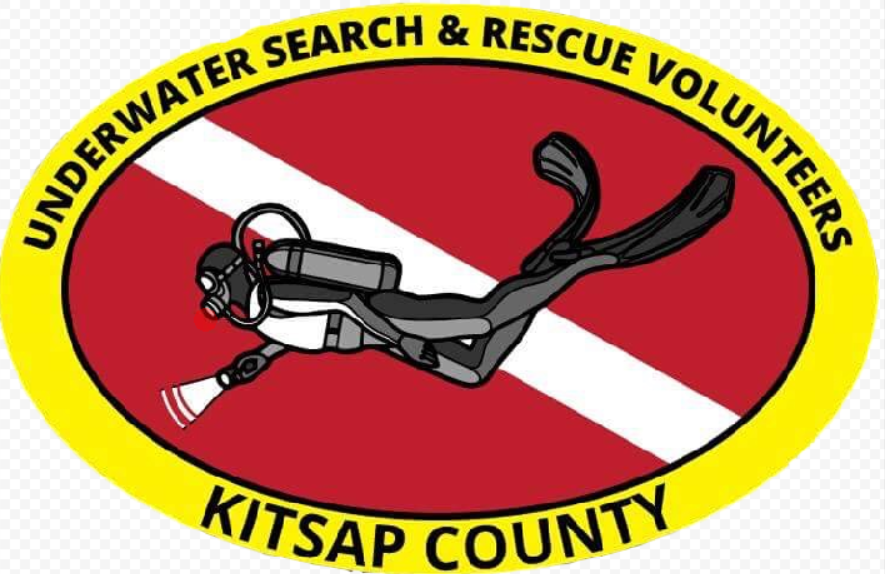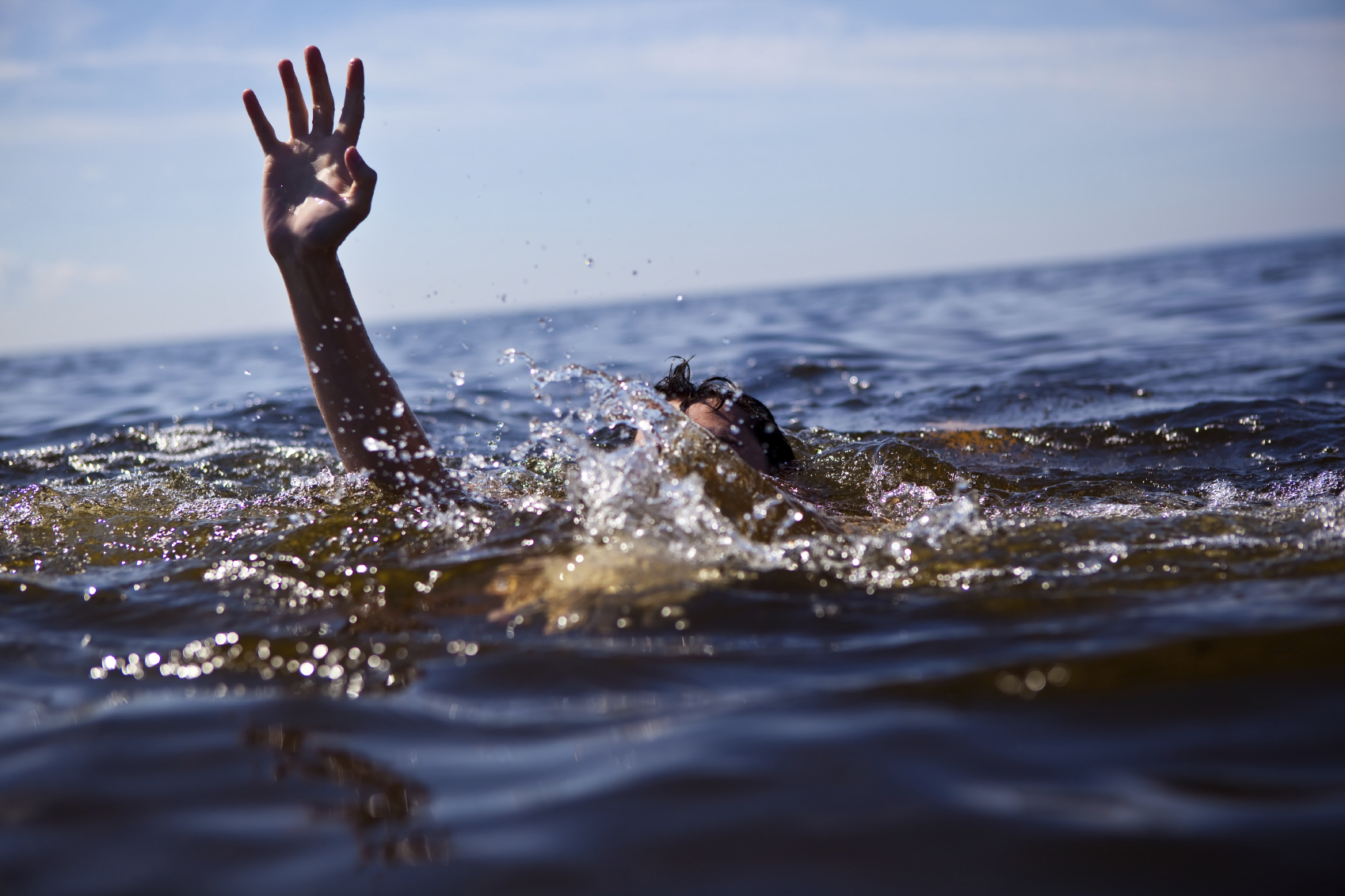Summer is a time for soaking up the rays at the beach or by the pool while your kids splash around in the water. But, even more important than fun in the sun is safety in the water – and knowing when someone needs a helping hand.
On TV and in the movies, drowning people struggle to stay afloat, waving their arms, splashing and screaming for help. Real life drowning, however, looks very different from these dramatic scenes. Knowing the symptoms of drowning could help you save the life of someone you love.
Drowning is the second most common cause of death for children under the age of 15, according to the Centers for Disease Control and Prevention. In 2008, SafeKids USA reported that 754 children under the age of 15 died from unintentional drowning. Sadly, in some cases, a nearby adult will have absolutely no idea that the child is drowning. This is because we are conditioned to think drowning looks just like it does on TV.
According to Francesco A. Pia, Ph.D., a leading authority on aquatic rescue, drowning is a deceptively quiet event. Most people who are drowning instinctively behave the same. Pia calls this physiological and psychological response the “Instinctive Drowning Response.” There is rarely any splashing, screaming, waving or cries for help. People experiencing the Instinctive Drowning Response:
1: Cannot cry for help.
People who are drowning are struggling to stay above water and breathe. The body’s desperate need for air overrides the body’s physiological ability to call for help. Any brief time above the surface is spent gasping for air. Breathing is a quick inhale and exhale, and may resemble hyperventilation.
2: Cannot wave for help.
Instinct forces drowning people to extend their arms laterally, pressing down on the surface of the water to push their bodies upwards to breathe.
3: Cannot control movement.
Instinctive Drowning Response means that a drowning person cannot perform voluntary movements, wave for help or assist in their rescue. Instead, the person will instinctively struggle to breathe, pushing their arms laterally against the water, until help arrives.
How can you keep your family protected? Know the eight warning symptoms of drowning.
- Head low in water, mouth at water level
- Head tilted back with open mouth
- Glassy eyes that are unable to focus or closed eyes
- Not kicking with legs
- Hair covering the forehead or eyes
- Gasping for breath or hyperventilating
- Inability to respond to the question: “Are you OK?”
- Silence
Screaming, thrashing arms and calling out for help are signs of aquatic distress. People who start doing this need help, but they are able to assist in their rescue by grabbing lifelines or a floatation device. People who are drowning cannot help themselves. If you call out to a person who appears to be drowning and receive no response, assume that you have less than 30 seconds to save his or her life.
Remember, children who are playing in the water make noise. If you do not hear any noise, assume the child needs immediate help.
If you have a swimming pool at your home, you may want to take some steps to ensure the safety of your family – and anyone else who happens to be in your yard. Click here for home swimming pool safety tips.

